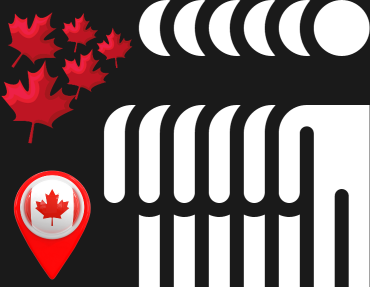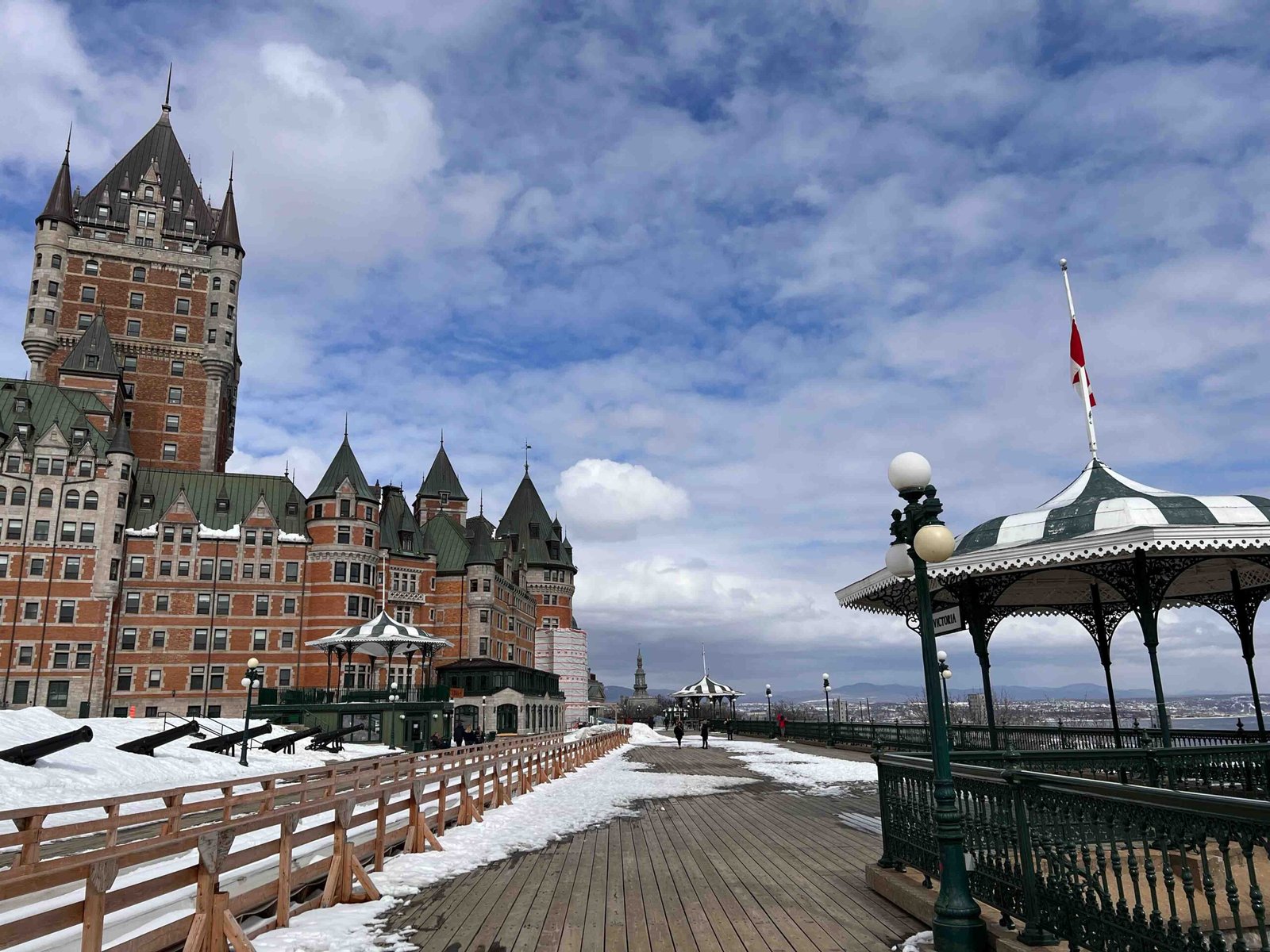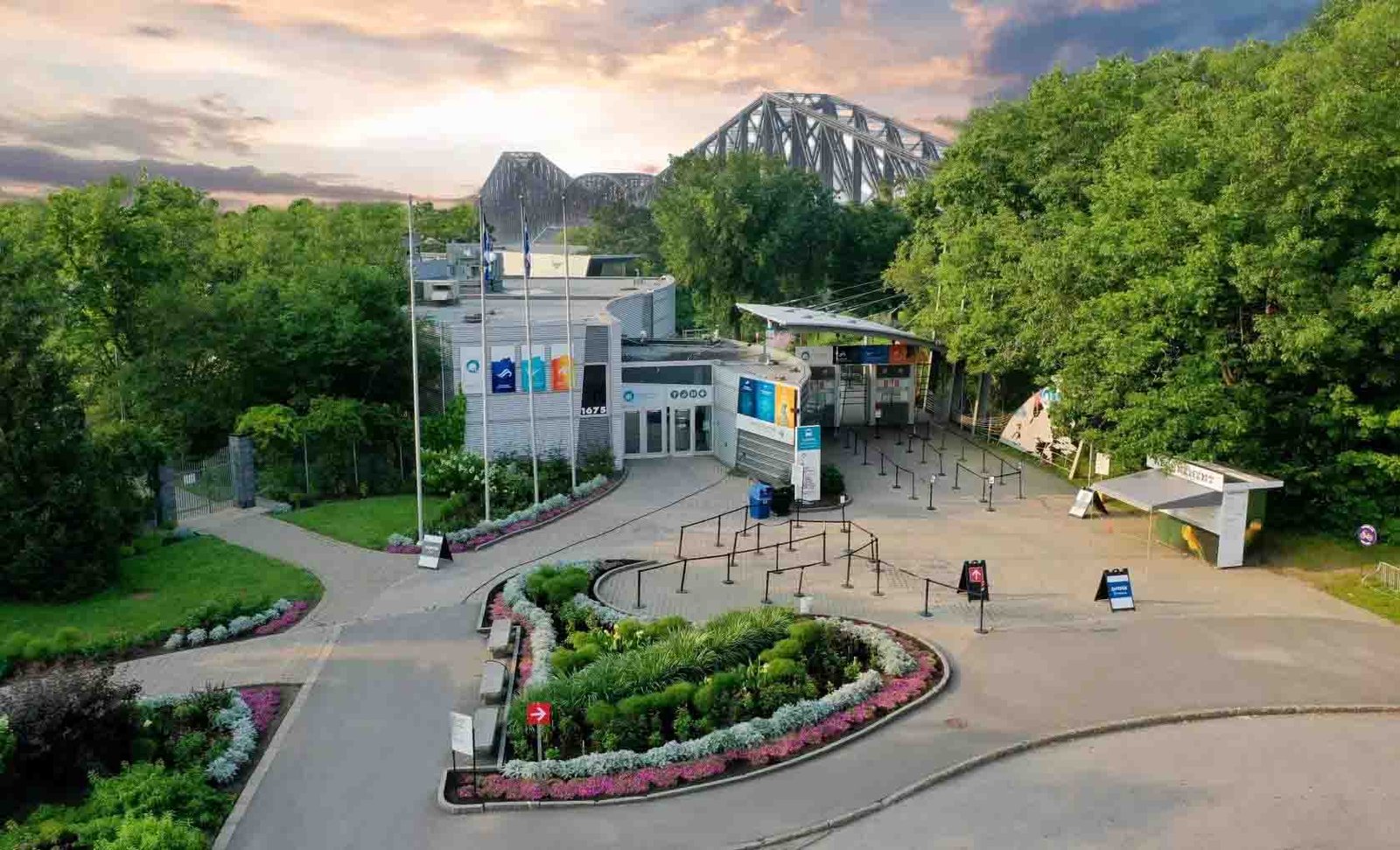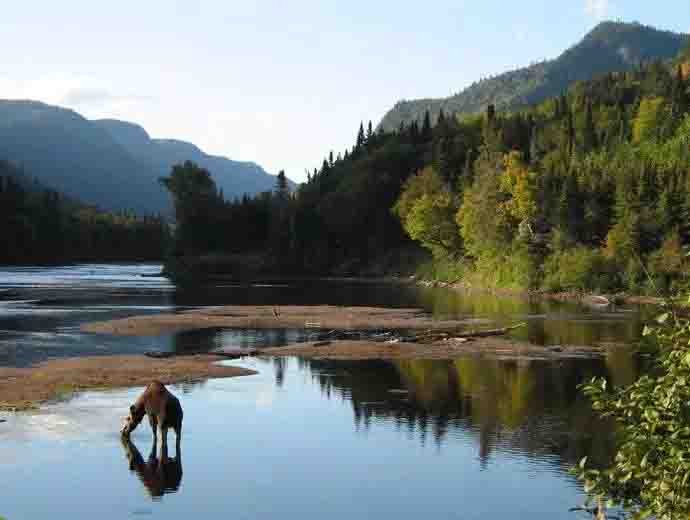Welcome to the fascinating city of Regina, located in the heart of Saskatchewan, Canada. This vibrant city is quickly becoming a popular destination for tourists and residents alike, thanks to its rich history, booming economy, diverse communities, and abundance of recreational activities. In this article, we will take a closer look at what makes Regina such a special place to live and visit. From exploring its historical roots to discovering its modern-day attractions, we will provide you with an in-depth guide to everything that this thriving city has to offer. So join us as we embark on a journey of discovery through Regina.
Introduction to Regina, Saskatchewan
Regina is a city located in the province of Saskatchewan, Canada. It is the capital city and the second-largest city in the province after Saskatoon. The city has a population of over 250,000 people and is a hub for cultural, economic and educational activities. Regina is known for its vast green spaces, excellent recreational facilities, and friendly communities. The city is also home to several institutions that attract visitors from all over the world. One such institution is the Royal Saskatchewan Museum, which showcases the history, culture and natural heritage of the province. Regina is also home to the Saskatchewan Science Centre, an interactive museum that promotes scientific education among visitors of all ages. The city has a rich history that dates back to the early 19th century when it was established as a fort by the North West Mounted Police. Over time, Regina has grown into a vibrant cosmopolitan city with diverse communities and a booming economy. The city is a major agricultural centre and is also home to several industries such as mining, oil and gas, manufacturing and technology. With its rich history, diverse communities and strong economy, Regina is a city on the rise and a great place to live, work and visit.
The Historical Roots of Regina
Regina, the capital city of Saskatchewan, has a rich and fascinating history. It was originally inhabited by Indigenous peoples, particularly the Cree and Assiniboine, who lived off the land for centuries. The first European explorer to visit the area was Henry Kelsey in 1690, but it wasn’t until the late 1800s that Regina began to take shape as a city. In 1882, the Canadian Pacific Railway (CPR) arrived in the area, and soon after, the North-West Mounted Police (NWMP) established their headquarters in Regina. The NWMP was crucial in maintaining law and order in the newly formed Northwest Territories, which included present-day Saskatchewan. In 1883, Regina was officially named the capital of the Northwest Territories.
In 1905, Saskatchewan became a province, and Regina remained its capital. Throughout the early 20th century, Regina continued to grow and develop as a major agricultural hub. However, it faced significant challenges during the Great Depression of the 1930s and struggled to recover until World War II brought an economic boom. In recent years, Regina has experienced significant growth and revitalization, with new developments and projects underway to modernize the city while preserving its historical roots. From its Indigenous heritage to its role in shaping Western Canada’s development, Regina’s history is a fascinating story that continues to shape its identity today.
A Booming Economy in Regina
Regina’s economy has experienced significant growth in recent years, positioning the city as a hub for investment and business development. One of the key drivers of this growth is the city’s strategic location, which makes it an important transportation hub for goods and services across Western Canada. The agriculture and mining sectors have long been pillars of Regina’s economy, but the city has diversified in recent years, attracting businesses in sectors such as technology, finance, and renewable energy. The local government has also played a critical role in supporting economic growth through initiatives such as tax incentives and streamlined regulatory processes. This has led to the creation of new jobs and opportunities for residents. Furthermore, Regina’s affordable cost of living and high quality of life have made it an attractive destination for skilled workers from across Canada and around the world. As a result, the city has seen a steady influx of newcomers who are contributing to its economic growth and cultural diversity. Despite the challenges posed by the COVID-19 pandemic, Regina’s economy has remained resilient, with many businesses adapting to new ways of working and innovating to meet changing customer needs. With continued investment and support from all levels of government, Regina is well-positioned to maintain its status as a vibrant and prosperous city on the rise.
Diverse Communities in Regina
Regina, Saskatchewan is home to a diverse range of communities, each with its unique cultural traditions and practices. The city’s population is made up of people from different ethnic backgrounds, including Indigenous, European, African, and Asian. The Indigenous community has a significant presence in Regina, with the city being located on Treaty 4 land and serving as the capital of Saskatchewan. The First Nations University of Canada and the Royal Saskatchewan Museum both offer opportunities to learn about Indigenous culture and history. In addition to the Indigenous community, Regina is also home to a vibrant Ukrainian community. The Ukrainian Cultural Centre hosts events throughout the year that celebrate Ukrainian traditions and culture. Other notable communities include the Chinese, Filipino, and African communities. These communities have established cultural associations that organize events and activities to promote their respective cultures. The Multicultural Council of Saskatchewan is another organization that works towards promoting cultural diversity in Regina. They organize events such as the Mosaic Festival, which celebrates the cultural diversity of the province. The presence of diverse communities in Regina adds to the city’s vibrancy and enriches its cultural fabric.
Education and Healthcare in Regina
Education and healthcare are two essential components that contribute to the overall development of a city, and Regina has made significant progress in both areas. The city is home to several renowned universities, including the University of Regina, which offers a wide range of undergraduate and graduate programs in various fields. The Saskatchewan Polytechnic is another excellent institution that provides hands-on training in technical and vocational courses. Additionally, Regina has a well-established healthcare system that caters to the needs of its residents. The Regina Qu’Appelle Health Region (RQHR) is the largest health authority in southern Saskatchewan and offers a broad spectrum of services, including primary care, acute care, long-term care, mental health, and addictions. The RQHR also operates several hospitals and medical facilities, such as the Regina General Hospital, Pasqua Hospital, and Wascana Rehabilitation Centre. Furthermore, Regina’s healthcare system has made notable advancements in recent years, such as introducing new technologies like telemedicine and implementing innovative programs to improve patient care. Overall, education and healthcare are two crucial aspects that have contributed to Regina’s growth as a vibrant city on the rise. With its quality education institutions and advanced healthcare facilities, Regina offers its residents access to world-class resources that enable them to live fulfilling lives.
Recreational Activities in Regina
Regina offers a wide range of recreational activities for its residents and visitors. The city has over 220 parks, including the popular Wascana Centre, which is one of the largest urban parks in North America. The park features a lake, walking trails, picnic areas, and a marina where people can rent paddle boats and canoes. During the winter months, the park transforms into a winter wonderland with an outdoor ice rink and cross-country ski trails. For those who enjoy golfing, Regina has over 10 golf courses, including the Royal Regina Golf Club and the Tor Hill Golf Course. The city also has several community centres that offer fitness classes, swimming pools, and sports facilities such as basketball courts and indoor soccer fields. For those interested in cultural activities, Regina hosts numerous festivals throughout the year, including the Cathedral Village Arts Festival and the Regina Folk Festival. The city also has several museums such as the Royal Saskatchewan Museum and the Saskatchewan Science Centre, which offer educational exhibits for all ages. Overall, there is no shortage of recreational activities in Regina for people of all interests and ages.
Challenges Faced by a Growing City
As Regina continues to grow, the city faces a number of challenges that come with urban expansion. One major issue is the strain on infrastructure, particularly roads and public transportation. With more people moving to the city, traffic congestion has become a common problem, leading to longer commute times and increased frustration for drivers. The city has been working on expanding its road network and improving public transit services, but progress has been slow. Another challenge is the availability of affordable housing. As demand for housing increases, prices have risen significantly, making it difficult for low-income families and individuals to find suitable accommodation. The city has implemented various initiatives aimed at increasing affordable housing options, such as offering incentives to developers who build low-cost housing units, but there is still much work to be done in this area. Additionally, with a growing population comes an increased demand for healthcare services. While Regina has a number of hospitals and medical clinics, there are concerns about the capacity of the healthcare system to handle the needs of a larger population. Finally, there is also the challenge of maintaining a sense of community in a rapidly growing city. As neighbourhoods change and new residents move in, it can be difficult to preserve the unique character and identity of each area. These challenges are not unique to Regina, but they are certainly ones that will need to be addressed as the city continues to grow and evolve.
As we wrap up our exploration of Regina, Saskatchewan, it’s clear that this city is on the rise. With a rich history, a booming economy, diverse communities, top-notch education and healthcare, and plenty of recreational activities to enjoy, there’s something for everyone in Regina. However, with growth comes challenges, and it’s important for the city to continue addressing issues such as affordable housing, transportation, and environmental sustainability. As we reflect on our journey through Regina, we can’t help but wonder what the future holds for this vibrant city. Will it continue to thrive and attract new residents and businesses? Only time will tell. But one thing is certain: Regina is a city worth discovering and keeping an eye on in the years to come.
Population in province:
Alberta, British Columbia, Manitoba, New Brunswick, Newfoundland and Labrador, Nova Scotia, Ontario, Prince Edward Island, Quebec, Saskatchewan
Population in city:
Calgary, Edmonton, Vancouver, Victoria, Winnipeg, Fredericton, Moncton, St. John’s, Halifax, Toronto, Ottawa, Charlottetown, Montreal, Quebec City, Saskatoon, Regina






Pingback: Population in city Fredericton, province New Brunswick – Things to do in Canada